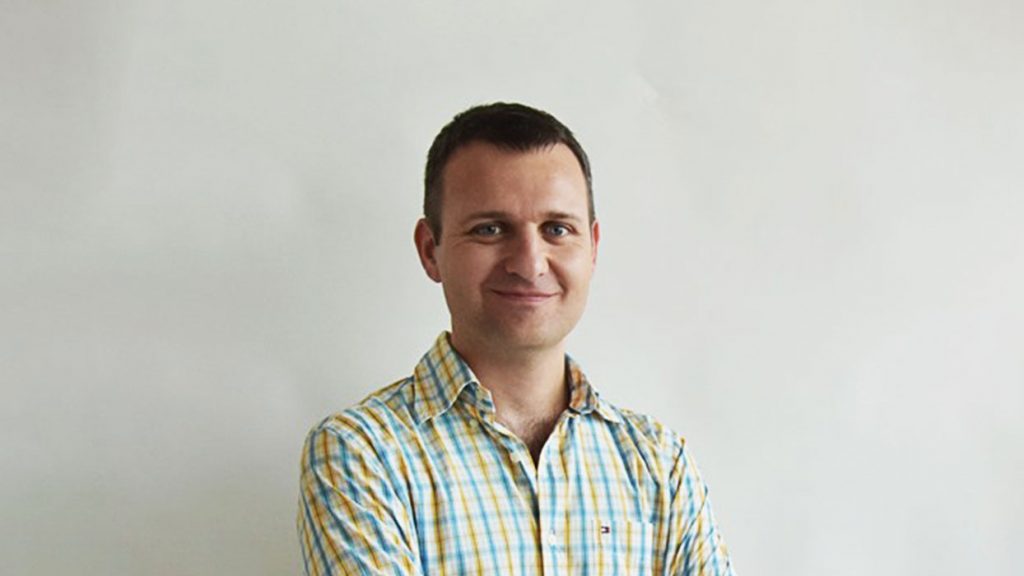Power electronics engineer Jesús Muñoz, from Spanish technology centre Fundación CIRCE, is the technical coordinator of the TIGON project. He explains how the project will improve grid flexibility and resilience while increasing the share of renewable energy in the power system.
What expertise does the TIGON team bring to the table?
Our project team includes research organisations, universities, small businesses and large companies – we’re quite a mixed bunch! Together we have what it takes to develop enabling technologies for medium voltage DC/AC hybrids.
At the same time, we cover a range of stakeholders such as technology developers and validators, manufacturers and end users. Replication is a watch-word for this type of project and so we’re keen to engage with those who will ultimately “take up the tech”. But it’s not just about technology; it’s also about making a business case for microgrids and our team are working on this too.
Another strength lies in our experience of working together, whether on other European projects or in business or research.
A key technical challenge with DC microgrid rollout is AC/DC grid interconnections and DC/DC converters to accommodate several voltage levels. How does TIGON address this?
This is a major concern for us. We’re developing medium voltage SiC power converters and solid-state transformers to handle various voltages.
The aim is to develop several power electronic building blocks (PEBB) that can be joined in series/parallel to achieve the desired rated voltage and power levels depending on the final application. This will allow the microgrid to adapt to specific needs.
It’s all about flexible configurations.
Which areas of your work in TIGON are the most pioneering or the most far-reaching in your opinion?
Hybrid grids can be really flexible and play their part in the energy transition. But they need to be reliable, resilient, smart and….cost effective. As one can see, there are many boxes to tick and that’s what we’re trying to do in the TIGON project.
We’re looking to optimise how DC grids are controlled, operated and protected by developing hard- and software solutions that are highly replicable. This last point is pivotal because any solutions we develop should be replicable on a large scale beyond the project’s lifespan. On top of these solutions, the idea is to provide ancillary services to both the main network and to the end users of the hybrid power system. To this end, we propose a modular concept of DC-based hybrid grids. This has been designed for the DC grids to operate in different modes. For example, it could work while connected to the main grid or in an isolated mode if, say, an emergency occurred. At the same time, these grids need to integrate a higher share of renewable energy while minimising investment in infrastructure.
All this will enable DC grids to seamlessly integrate the legacy electricity grid that is mainly based on alternating current, the overall aim being to roll out such grids across Europe.
For us as a project, the novelty is to integrate TIGON’s hard- and software developments as these are the key enablers for the smart and cost-effective operation of the whole DC-based hybrid grid.
TIGON features two demonstration sites for developing your solutions before testing their replication in a residential district and a metro system. What do they have in common and what sets them apart?
Our two demo sites are similar in many ways but they do have significant differences.
Let’s start with the similarities. They both incorporate an medium voltage DC/AC hybrid grid with a 3 kV DC power line structure as the backbone to the grid. And we will be deploying much the same technical developments: solid-state transformer, SiC* medium voltage DC/DC power converters, the WAMPAC** system, energy management system and a cybersecurity framework.
Now for their differences: the French demo site includes the development of a MV photovoltaic panel installation whereas the Spanish demo includes a BESS connected directly to the MV DC grid.
Together, these two demo site configurations will offer us a great playground to try and test our solutions.
*Silicon carbide
**Wide Area Monitoring Protection and Control
Power grids rely ever more on software, which makes them vulnerable to security breaches. Can you tell us what TIGON is doing to counter such threats?
As connected devices have come to the fore in the energy ecosystem, network operators now have to deal with a bigger attack surface. This increase is not only driven by the number of devices and network entry points, but also by the diversity of technical protocols and the scale of cybersecurity features used by such devices.
The challenge then is not just to integrate all the devices into the energy network but also to apply a homogeneous level of cybersecurity. And we need to monitor and update all the devices while working to improve the system.
It’s also a human resources challenge as network operators often lack staff with cybersecurity skills. What is more, the cybersecurity market can’t yet handle the deployment of a coherent cybersecurity framework for the entire power system.
So what we’re doing in TIGON is developing a cybersecurity framework that provides a set of defence measures based on grid attack scenarios. We’ll draw on existing standards and build on research in order to ensure defence meets the needs of our grid solutions. More specifically, we will provide the following: A vulnerability assessment – so we can design malware-resilient smart grid architectures; Security Behaviour Analysis – this reduces the risk of impact due to human error and spear phishing campaigns; Security Information and Event Management – this involves the immediate countermeasures to apply during at attack. It also involves gathering evidence, sharing information with response teams and coordinating them.


